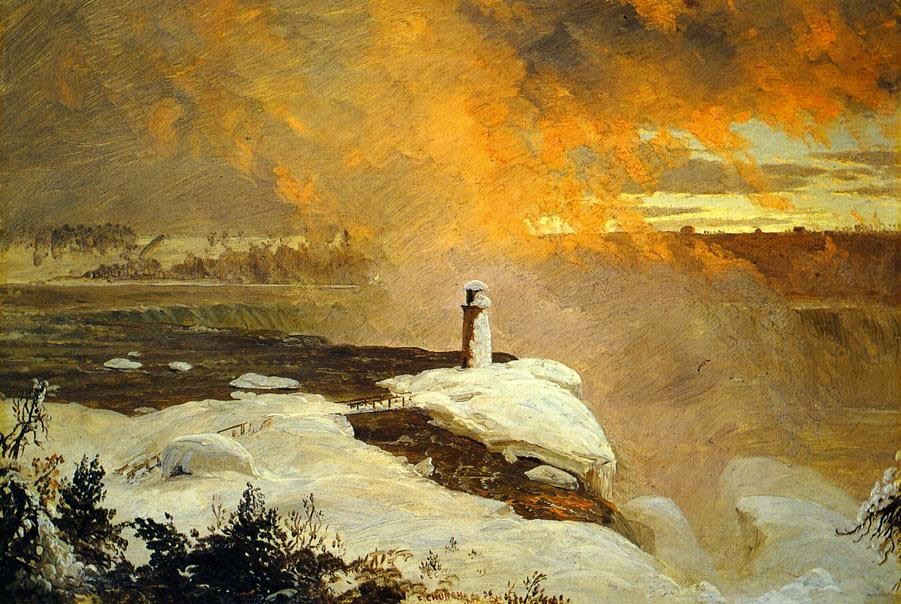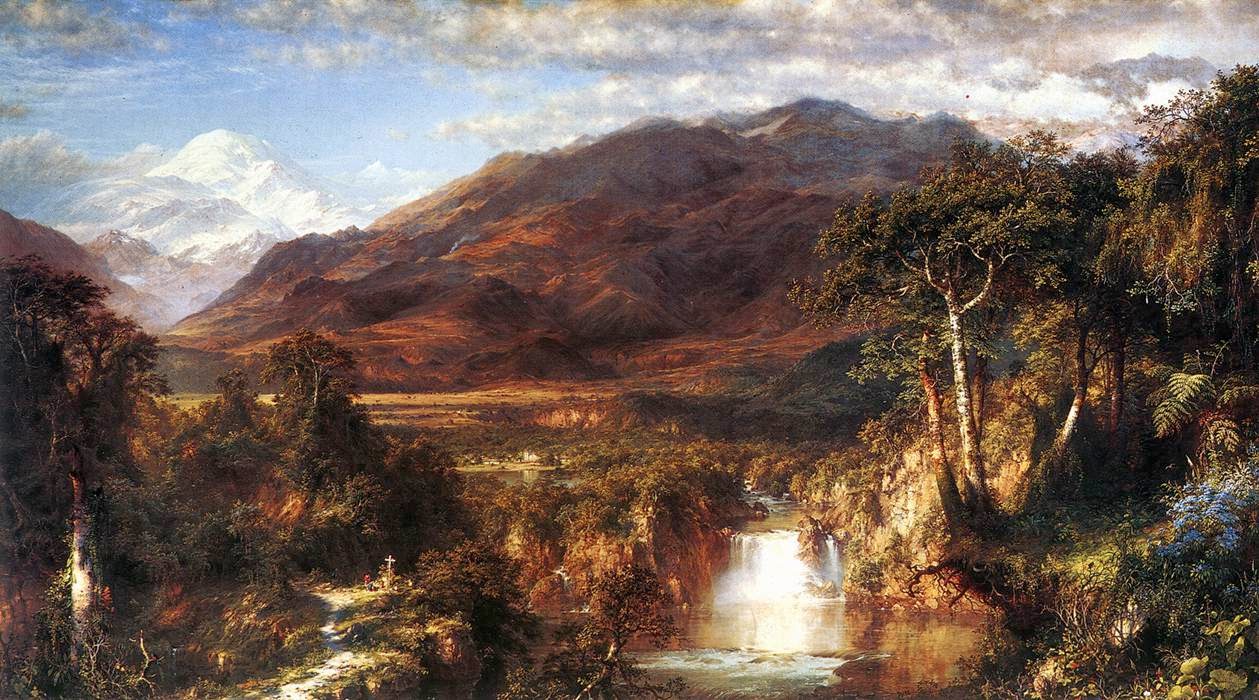

Tim Barringer writes, "This is a dramatic change from the Church of a decade earlier, whose belief in the providential civilizing mission of America seemed unshakable. There were several catalysts for this transition in Church's work, one of which was the changed and highly-charged political climate. Here he builds upon his work of the 1850s to establish his own American landscape, wild, pure and divine, yet still not wholly untamable. The scene is a composite influenced by the landscape surrounding Mount Katahdin and the richly hued, dramatic sunset poignantly manifests Church's fully realized vision as the symbolic and the pastoral cedes to spiritual and the sublime.
#Frederic edwin church scene from magdalene full#
In the confident and robust Twilight, Church expresses his mature vision of the American wilderness, one that is full of reverence. It was not, however, until the late 1850s that Church definitively moved away from the work of his esteemed teacher, Thomas Cole. In 1853 he fully believed American civilization would soon find its way to the most remote corners of the continent, and he would have encouraged such progress." ( Frederic Edwin Church and the National Landscape, Washington, D.C., 1988, p. Franklin Kelly writes of Mount Ktaadn, "is faith in the nation's destiny determined that he show a peaceful and harmless assimilation of man into the natural world.To see inland Maine as he wanted to see it, to bring it into line with his established vision of the national landscape, he had to see it as he believed it would be in the not too distant future. The result was richly symbolic paintings such as the masterwork Mount Ktaadn (1853, Yale University Art Gallery, New Haven, Connecticut), which transformed the pure landscape into a pastoral ideal that depicts man living in harmony with nature. Here he simultaneously presents a powerful and grand scene of God's nature and a picture of quiet solitude, creating a deeply profound work that is a superb representation of the artistic, political and social influences of his day.Ĭhurch first turned away from the historical and arcadian images that dominated his early career in the 1850s, inspired by the rugged majesty of Northern New England. Painted at the height of his career, in 1863, Twilight is a masterwork in which Church captures the majesty and promise inherent in the national landscape, the subject for which he is most renowned.

Possibly no other American so faithfully captured the higher, more elusive meanings of landscape as Frederic Edwin Church, whose unmatched ability to record natural details captivated the public, and earned him a reputation for technical brilliance even as a young man.


 0 kommentar(er)
0 kommentar(er)
